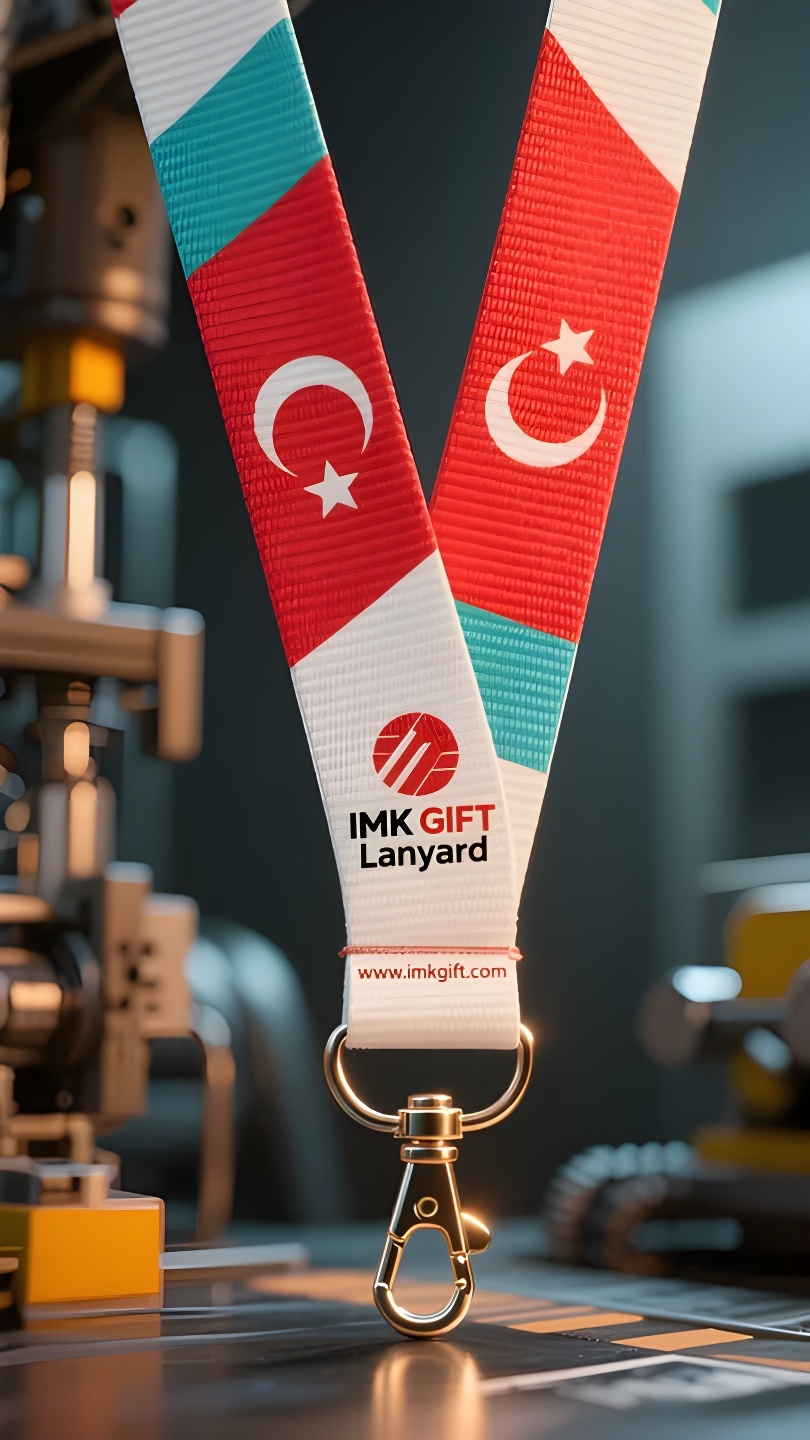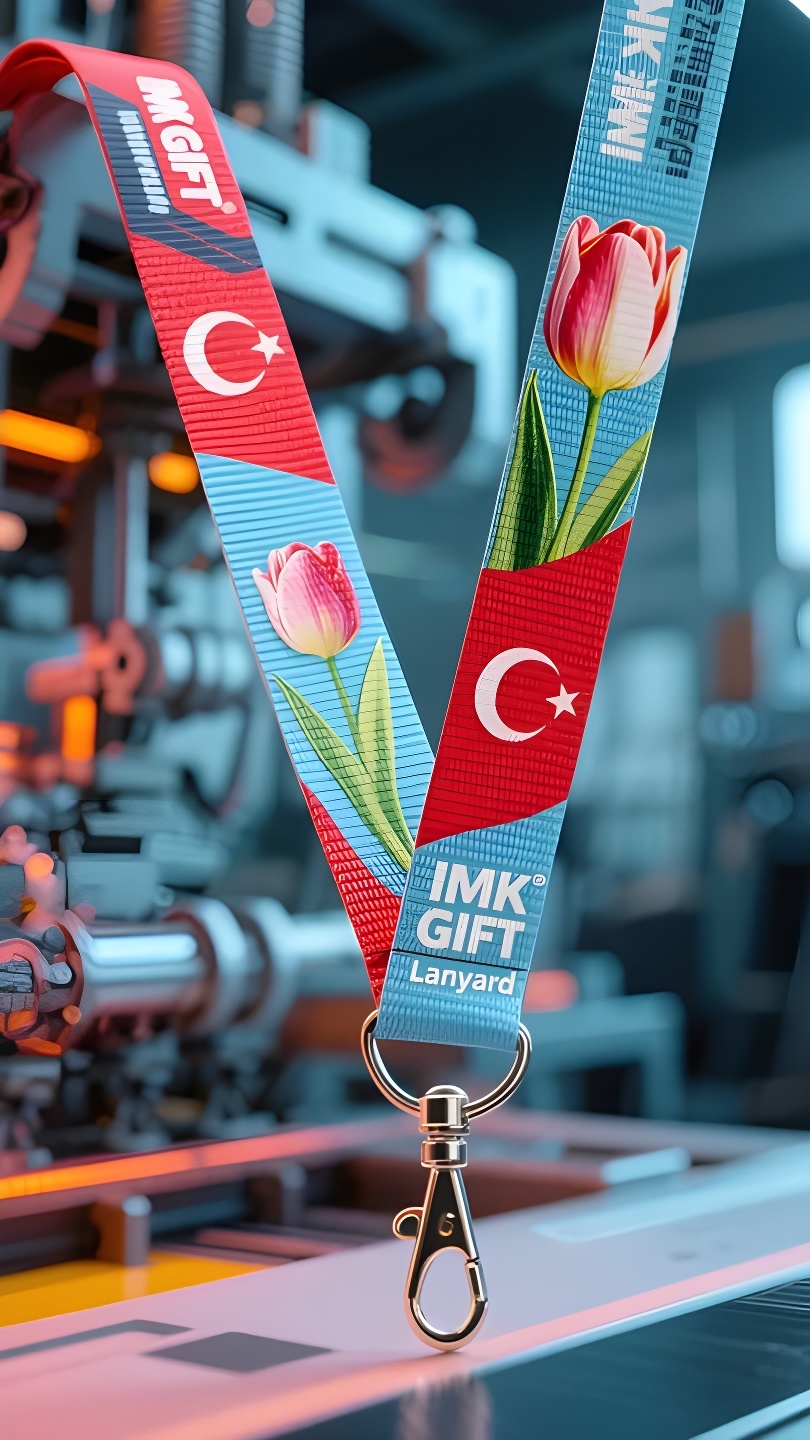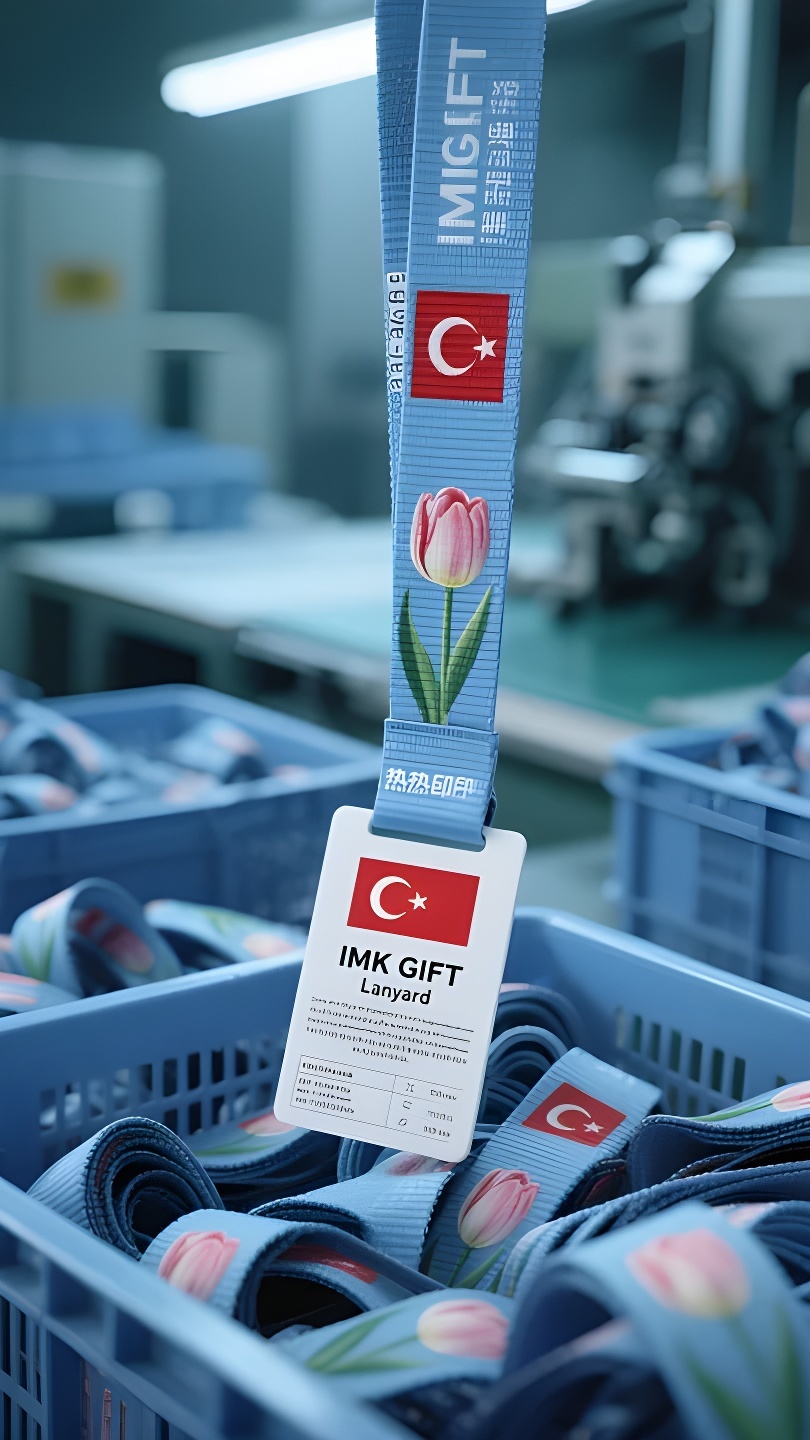in994-Kırmızı-ip-dağları-ve-nehirleri-birbirine-bağlıyor-koku-sonsuza-dek-çiçek-açıyor
▼
Mayıs ayında Anadolu Platosu’nda Türk bayrağı, ilkbahar rüzgarında alev gibi dalgalanır, her tarafta açan lalelerle kırmızı-beyazın muhteşem bir tablosu oluşur. Bu toprakların her bir ipeği binlerce yıldır medeniyetin şifresini taşıyor, kırmızı ve beyazla dokunan lale kordonu ise milli ruhun en nazik dipnotu. Lale kordonunun dokuma tekniği, eski İpek Yolu üzerindeki tüccarların ve seyyahların bilgeliğinden türemiştir. Düğümün on iki enlem ve boylamı, on iki burcun döngüsüyle örtüşmekte ve aynı zamanda milletin kaderinin sürdürülebilir mirasını sembolize etmektedir. Zanaatkarlar, ulusal bayrağın kırmızı ve beyaz renklerini ipin çekirdeğine ördüler ve her düğüm dokuz kez sarıldıktan sonra sabitlenmeliydi – bu sadece Osmanlı döneminin dokuz kurucu padişahına bir övgü değil, aynı zamanda ülkenin “dokuz başarı turu” beklentisidir. İpin ucunda lale biçiminde bir ip çiçeği açtığında, fırtınalara rağmen ayakta kalan bir milletin omurgası gibidir. Günümüz Türk gençliğinin elinde bu geleneksel boyun bağı, çağdaş anlamda yeni anlamlar kazanıyor. Üniversite öğrencileri sırt çantalarına bağlar, girişimciler stüdyolarına asar ve ragbi takımları kupanın tabanına sararlar – sıkı sıkıya örülmüş düğümler sadece tüm zorlukların üstesinden gelen atalara saygı göstermekle kalmaz, aynı zamanda “ortak bir geleceğe sahip bir topluluğun” uyanışını da içerir. İstanbul Boğazı’nın gelgitleri gece gündüz nasıl kabarıyorsa, kırmızı ipteki her düğüm bize şunu söylüyor: Ancak bireysel kaderimizi ulusal totemle sıkı sıkıya bağladığımızda, çağın fırtınalı dalgalarında rotamızı sabitleyebiliriz. Sabah güneşi Boğaz’ı bir kez daha kızıla boyarken, kırmızı ve beyaz renkte iç içe geçmiş sayısız ip, görünmez bir ağ gibi örülerek, Avrasya’nın kavşağında dalgalanan Ay-Yıldızlı Bayrağı taşıyordu. Bu, gayret edenlerin düğüm atma sanatıdır ve aynı zamanda hiçbir zaman kaybolmayacak olan milli ruhun genetik şifresidir.
In May, on the Anatolian Plateau, the Turkish flag spreads like a flame in the spring breeze, forming a magnificent picture of red and white interweaving with the tulips blooming everywhere. Every strand of silk on this land carries the code of civilization for thousands of years, and the tulip lanyard woven with red and white is the most gentle footnote of the national spirit. The weaving craftsmanship of the tulip lanyard is derived from the wisdom of merchants and travelers on the ancient Silk Road. The twelve longitudes and latitudes of the knot coincide with the reincarnation of the twelve zodiac signs, and symbolize the sustainable inheritance of the destiny of the nation. The craftsmen twist the red and white colors of the national flag into the rope core, and each knot needs to be coiled and fixed nine times – this is not only a tribute to the nine founding sultans of the Ottoman period, but also an expectation for the “nine turns of success” of the country. When the tulip-shaped rope flower blooms at the end of the lanyard, it is like the backbone of the nation that still stands tall after experiencing wind and rain. In the hands of contemporary Turkish youth, this traditional lanyard is given a new contemporary connotation. College students tie it to their schoolbags, entrepreneurs hang it in their studios, and rugby teams wrap it around the base of their trophies. The tightly wound knots not only pay tribute to the ancestors who overcame all difficulties, but also contain the awakening of a “community of shared destiny”. Just as the tides of the Istanbul Strait surge day and night, each knot on the red rope tells us that only by closely linking individual destiny with the national totem can we anchor our course in the stormy waves of the times. When the morning sun dyes the Bosphorus Strait red again, countless red and white interwoven lanyards are weaving into an invisible net, holding up the crescent-shaped flag flying high at the crossroads of the Eurasian continent. This is the knot art of strugglers, and it is also the genetic code of the national spirit that will never fade.
五月的安纳托利亚高原上,土耳其国旗在春风中舒展如火焰,与遍地盛开的郁金香构成红白交织的壮美画卷。这片土地上的每一缕丝线都承载着千年的文明密码,而用红白双色编织的郁金香挂绳,正是民族精神最温润的注脚。
郁金香挂绳的编织工艺源自古丝绸之路上商旅的智慧结晶,绳结的十二道经纬暗合十二生肖轮回,更象征着民族命运的永续传承。工匠们将国旗的红白双色捻入绳芯,每个绳结都需经过九次盘绕固定——这既是对奥斯曼时期九位开国苏丹的礼敬,也寄托着对家国”九转功成”的期许。当挂绳末端绽放出郁金香造型的绳花,恰似民族经历风雨后依然挺立的脊梁。
在当代土耳其青年手中,这种传统挂绳被赋予新的时代内涵。大学生们将它系在书包上,创业者将其悬挂于工作室,橄榄球队将其缠绕在奖杯底座——那细密缠绕的绳结里,既有对先辈披荆斩棘的致敬,更蕴含着”命运共同体”的觉醒。正如伊斯坦布尔海峡的潮水昼夜奔涌,红绳上的每个结扣都在诉说:唯有将个体命运与民族图腾紧密相系,才能在时代的惊涛中锚定航向。
当朝阳再次染红博斯普鲁斯海峡,无数红白交织的挂绳正编织成无形的网,托举着星月旗在欧亚大陆的十字路口高高飘扬。这是属于奋斗者的绳结艺术,更是民族精神永不褪色的基因密码。
▼
Contact Us
📞 Tel: +0086-760-85286839
📧 Email: sales3@imkgift.com








